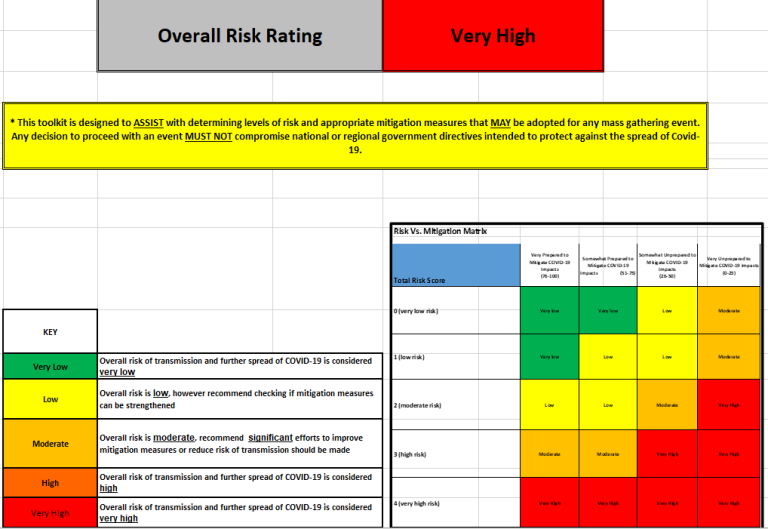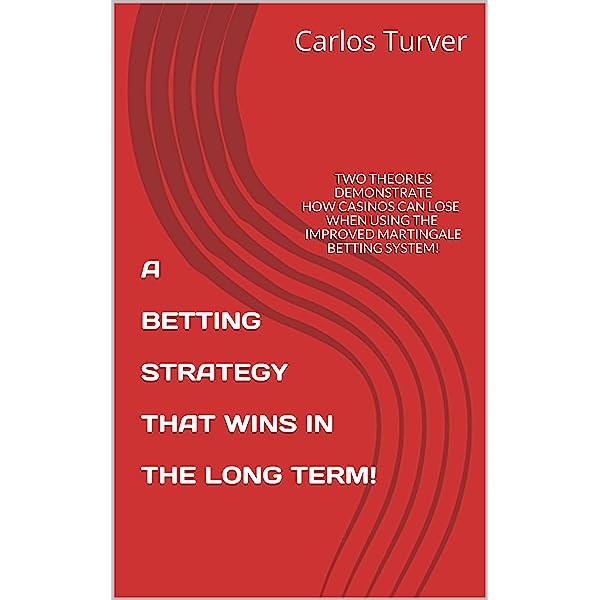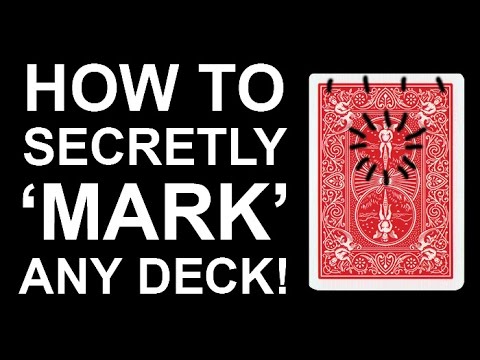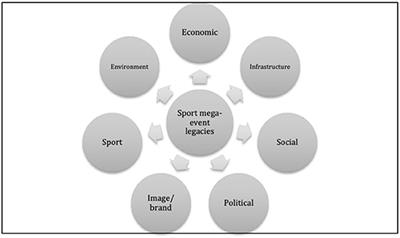Tournament Crowd Control Strategies
Are you ready to dominate the tournament scene with your crowd control strategies? In this article, we will explore the ins and outs of effective crowd control techniques that will give you the upper hand in any competitive setting. Whether you’re a seasoned player or just starting out, understanding how to manage and manipulate the crowd can make all the difference in your success. So, let’s dive in and discover the secrets to mastering tournament crowd control strategies.
When it comes to tournaments, crowd control is a crucial aspect of gameplay that can turn the tides in your favor. Crowd control refers to the ability to limit and manipulate the movements and actions of your opponents, giving you the advantage in battles. From stunning your adversaries with powerful spells to immobilizing them with strategic positioning, there are countless ways to control the crowd and dictate the flow of the game. In this article, we will explore various crowd control strategies that are proven to be effective in tournament settings. So, whether you’re looking to disrupt your opponents’ strategies or protect your allies, these techniques will help you become a force to be reckoned with on the competitive stage. Get ready to unleash your crowd control prowess and rise to the top of the tournament scene!
- Plan ahead: Create a detailed crowd control plan, including designated entry and exit points, security checkpoints, and barricade placements.
- Communication is key: Ensure clear communication between event staff and security personnel to coordinate crowd flow and address any potential issues.
- Use physical barriers: Use barricades, ropes, or stanchions to guide the crowd and create separate areas for different activities or queues.
- Train staff: Provide comprehensive training to event staff and security personnel on crowd control techniques, conflict resolution, and emergency procedures.
- Monitor the crowd: Assign trained personnel to monitor the crowd’s behavior, identify potential risks, and intervene when necessary.
- Emergency preparedness: Have a well-defined emergency response plan in place, including evacuation procedures and communication protocols.
Implementing these tournament crowd control strategies will help ensure a safe and enjoyable experience for participants and spectators alike.
**Tournament Crowd Control Strategies**
Tournaments can be intense and highly competitive, requiring teams to employ effective crowd control strategies to gain an advantage over their opponents. In this article, we will explore some valuable strategies that teams can utilize to manage crowds effectively and increase their chances of success.
**1. The Importance of Crowd Control**
In any tournament setting, crowd control plays a crucial role in determining the outcome of matches. Crowd control refers to the ability to manipulate and limit the movements and actions of the opposing team through various means. This can include stunning, silencing, rooting, or slowing down opponents, making it difficult for them to execute their strategies effectively.
Effective crowd control can disrupt the flow of the game, create opportunities for offensive plays, and provide valuable defensive advantages. It requires a combination of coordination, communication, and quick decision-making from the team members to execute successfully.
**2. Stuns and Disables**
Stuns and disables are among the most common crowd control techniques used in tournaments. These abilities temporarily immobilize opponents, rendering them unable to perform any actions for a certain duration. Stuns can range from short-duration interrupts to longer-duration incapacitations.
Teams should prioritize using stuns and disables strategically, targeting key opponents or high-value targets. By disabling powerful enemy players or interrupting their abilities at crucial moments, teams can gain a significant advantage in team fights or objectives.
**3. Silences and Interrupts**
Silences and interrupts are another effective form of crowd control that can be used to disrupt opponents’ abilities and prevent them from executing important skills. Silences prevent opponents from casting spells or using abilities for a certain period, while interrupts instantly stop a spell or ability that is already in progress.
Teams must identify the most impactful abilities of their opponents and prioritize silencing or interrupting them. By denying opponents the opportunity to use their key abilities, teams can neutralize threats and gain an upper hand in engagements.
**4. Roots and Slows**
Roots and slows are crowd control effects that limit the movement of opponents. Roots immobilize opponents, preventing them from moving for a certain duration, while slows decrease their movement speed, making it harder for them to engage or disengage effectively.
Teams can use roots and slows strategically to control the positioning of opponents, creating opportunities for their own team to initiate fights, secure objectives, or escape unfavorable situations. These crowd control effects are particularly effective against high-mobility opponents or those who rely heavily on positioning.
**5. Area of Effect Crowd Control**
Area of effect (AoE) crowd control refers to crowd control effects that can affect multiple opponents within a specific area. These abilities can be highly impactful in team fights or objectives, as they can disable or disrupt multiple opponents simultaneously.
Teams must coordinate their AoE crowd control abilities effectively to maximize their impact. This requires proper positioning, timing, and communication to ensure that the abilities are used when opponents are grouped closely together.
**6. Combining Crowd Control Abilities**
To maximize the effectiveness of crowd control, teams should aim to combine different crowd control abilities in coordinated sequences. This can create devastating chain reactions that completely immobilize opponents or render them helpless.
Teams should communicate and plan their crowd control sequences in advance, ensuring that they have a clear understanding of each other’s abilities and cooldowns. By chaining crowd control effects together, teams can neutralize opponents effectively and secure advantageous situations.
**7. Counter Crowd Control**
In tournaments, teams must also be prepared to counter the crowd control strategies employed by their opponents. This involves utilizing abilities or items that can cleanse or reduce the duration of crowd control effects.
Teams should prioritize building items or selecting heroes that have crowd control reduction or immunity abilities. This allows them to quickly recover from crowd control effects and maintain their effectiveness in team fights.
**8. Communication and Coordination**
Effective crowd control strategies heavily rely on communication and coordination among team members. Teams must establish clear methods of communication and develop a system for calling out crowd control targets or coordinating crowd control combinations.
Practice and teamwork are essential in refining crowd control strategies. Regularly scrimmaging and analyzing previous matches can help teams identify areas of improvement and adjust their crowd control tactics accordingly.
**9. Adapting to Different Scenarios**
Tournament settings can present various scenarios and challenges that require teams to adapt their crowd control strategies. Teams must be flexible and able to adjust their approach based on the specific circumstances of each match.
Adapting to different scenarios involves analyzing opponents’ strategies, identifying their strengths and weaknesses, and adjusting crowd control priorities accordingly. This ensures that teams can effectively counter opponents’ strategies and capitalize on their own strengths.
**10. Conclusion**
In conclusion, tournament crowd control strategies are crucial for teams seeking to gain an advantage over their opponents. By employing stuns, disables, silences, interrupts, roots, slows, and area of effect crowd control, teams can effectively manipulate and limit the movements and actions of their opponents. Communication, coordination, and adaptability are key to executing these strategies successfully. With the right crowd control tactics, teams can secure victories and increase their chances of success in tournaments.
Key Takeaways: Tournament Crowd Control Strategies
- Plan ahead and set up designated crowd control measures to ensure the safety and enjoyment of participants and spectators.
- Implement clear signage and directions to guide people and prevent overcrowding in key areas.
- Train staff or volunteers on effective crowd management techniques, such as using barriers and communication strategies.
- Consider using technology, like ticketing systems or mobile apps, to manage crowd flow and monitor attendance.
- Regularly evaluate and adjust your crowd control strategies to address any issues and improve the overall experience.
Frequently Asked Questions
What are some effective tournament crowd control strategies?
Effective crowd control strategies are crucial for ensuring the smooth running of tournaments. Here are a few strategies that can help:
1. Clear Signage: Use clear and visible signage to direct the crowd and provide information about different areas of the tournament venue. This will help prevent confusion and overcrowding.
2. Security Personnel: Employ trained security personnel who can handle crowd management efficiently. They should be positioned strategically throughout the venue to maintain order and handle any potential issues.
How can barricades be used for crowd control in tournaments?
Barricades can be an effective crowd control tool in tournaments. Here’s how they can be used:
1. Entry Points: Place barricades at entry points to regulate the flow of people entering the venue. This will help prevent overcrowding and ensure a smooth entry process.
2. Segregation: Use barricades to create separate zones for different activities or areas of the tournament. This will help prevent overcrowding and maintain order.
What role does communication play in tournament crowd control?
Communication is key when it comes to crowd control in tournaments. Here’s why:
1. Information Dissemination: Effective communication ensures that attendees are aware of important information such as event timings, safety protocols, and emergency procedures. This helps prevent confusion and panic.
2. Crowd Guidance: Clear communication can guide the crowd and direct them to specific areas or activities within the tournament. This helps prevent overcrowding and ensures a smooth flow of people.
How can event organizers handle unruly behavior in a tournament crowd?
Handling unruly behavior in a tournament crowd requires a proactive approach. Here are a few strategies event organizers can employ:
1. Trained Staff: Ensure that event staff and security personnel are well-trained in handling difficult situations. They should be equipped with conflict resolution skills and the ability to de-escalate tense situations.
2. Swift Intervention: Identify potential troublemakers early on and intervene swiftly to prevent the situation from escalating. This may involve removing the individual from the venue or seeking assistance from law enforcement if necessary.
What measures can be taken to ensure the safety of attendees in a tournament?
Ensuring the safety of attendees should be a top priority for tournament organizers. Here are a few measures that can be taken:
1. Emergency Preparedness: Have a comprehensive emergency plan in place that includes evacuation procedures, medical assistance, and communication protocols in case of any potential threats or emergencies.
2. Adequate Staffing: Ensure that there are enough staff members and security personnel present to handle crowd control and respond to any safety concerns. This includes having medical personnel on standby in case of injuries or medical emergencies.
3 Minute Crowd Control Guide – A Guide for League of Legends
Final Thoughts: Mastering Tournament Crowd Control Strategies
As we wrap up our exploration of tournament crowd control strategies, it’s clear that effective management of the crowd is crucial for the success of any event. From understanding the importance of early planning to implementing various tactics, event organizers can ensure a smooth and enjoyable experience for both participants and spectators.
One key takeaway from our discussion is the significance of proactive measures. By utilizing techniques such as pre-event communication, designated seating areas, and clear signage, organizers can guide attendees and minimize confusion or chaos. Additionally, incorporating crowd management software and trained personnel can greatly enhance the overall safety and security of the event.
It’s important to remember that flexibility and adaptability are essential when dealing with large crowds. Unexpected situations may arise, and organizers must be prepared to handle them swiftly and efficiently. By maintaining open lines of communication and being proactive in addressing potential issues, event organizers can create an atmosphere that promotes enjoyment and excitement for all.
In conclusion, mastering tournament crowd control strategies is a delicate balance of preparation, organization, and adaptability. By implementing these strategies, event organizers can create a positive and memorable experience for participants and spectators alike. So, whether you’re planning a sporting event, music festival, or any large gathering, remember the importance of crowd control and take the necessary steps to ensure everyone’s safety and enjoyment.





